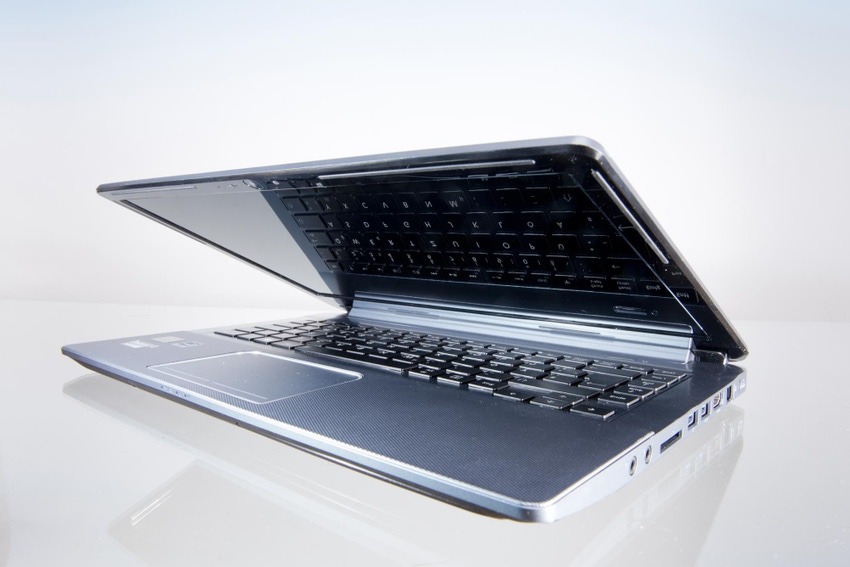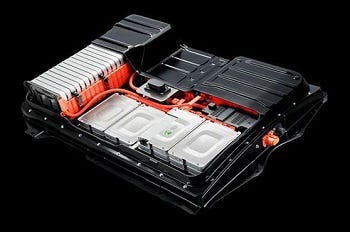Environmentally friendly, flame-retardant PC/ABS blend suited for lithium battery encapsulation
A series of flame-retardant blends made from polycarbonate and ABS that employs an innovative flame retardance package using environmentally friendly technology is tailored to target various demanding applications in the auto sector and beyond.
November 4, 2014

A series of flame-retardant blends made from polycarbonate and ABS that employs an innovative flame retardance package using environmentally friendly technology is tailored to target various demanding applications in the auto sector and beyond.
"This material [series] targets applications where high thermal stability and resistance to weathering are important," says Mathieu Jung, a materials expert at supplier Bayer MaterialScience (Leverkusen, Germany). "In terms of fire resistance, these products are superior to conventional polycarbonate/ABS blends and in many cases provide a particularly environmentally friendly alternative."
|
Electric vehicle batteries could benefit from an environmentally friendly, flame-retardant PC/ABS blend. |
The properties of the new Bayblend FR4000 grade series are optimized for specific applications. For example, one variant of the material has been designed with good chemical resistance and low-temperature impact strength in mind, making it well-suited for encapsulating lithium-ion batteries in electric vehicles. A fiber-reinforced blend with very high stiffness and strength (elasticity modulus ≥ 4.2 GPa) is also available for use in large structural components that have low wall thicknesses in some places.
Also new is a material with particularly good heat resistance (ball pressure test ≥125°C, IEC 60695-10-2) for applications that require this. "We are planning to expand the new product series in line with customer and market requirements, which will mean adding more variants with customized properties to suit specific applications," says Jung.
The products in this new series also reportedly exhibit excellent resistance to hydrolytic degradation along with exceptionally good resistance to chemicals such as fatty acids and hydrocarbons. The material also possesses outstanding UV stability. "This opens up new applications for our blends in components which are exposed to wind and weather. It represents a first for this class of materials," Jung says. The researchers at Bayer MaterialScience also succeeded in greatly improving the notched impact strength.
Furthermore, the outstanding fire resistance of the new product series is apparent from tests to determine their glow wire flammability according to IEC 60695-2-12 (Glow Wire Flammability Index, GWFI). This test examines how quickly a material sample set alight using a glow wire tends to self-extinguish. Grades of the Bayblend FR4000 material meet the requirements at the maximum glow wire temperature of 960°C and burn only briefly. The results of tests according to the UL 94 V standard reportedly provide further evidence of its high flame retardance. In this case, the blends achieved the top V-0 classification at a specimen thickness of 1.5 millimeters.
About the Author(s)
You May Also Like



